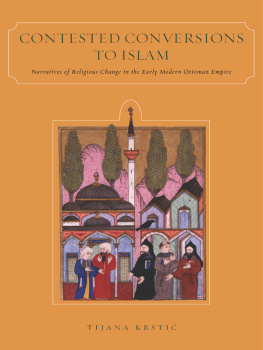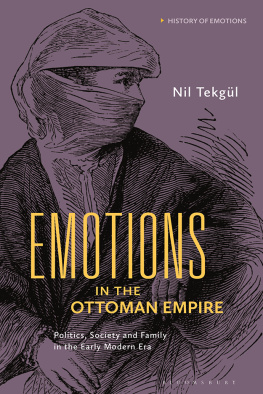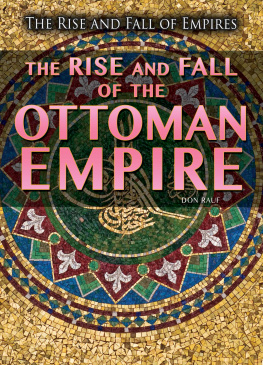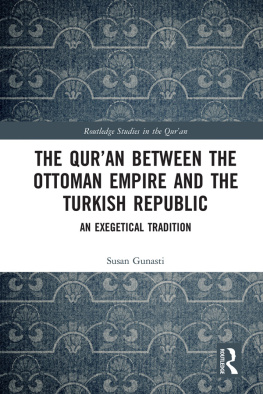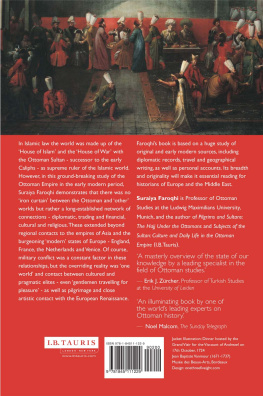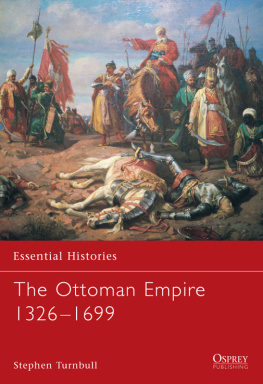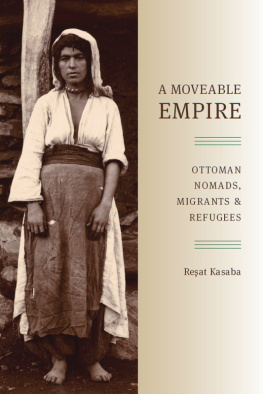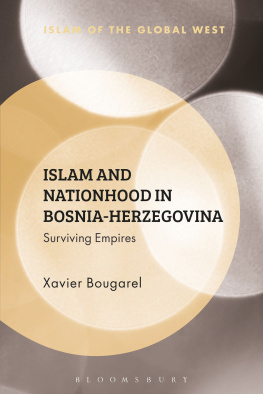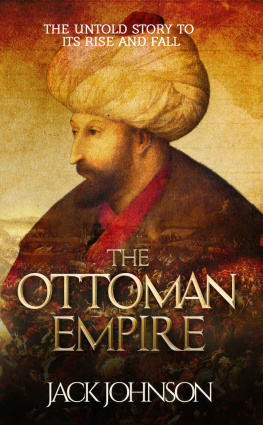Contested Conversions to Islam
Contested Conversions to Islam
Narratives of Religious Change
in the Early Modern Ottoman Empire
Tijana Krsti

STANFORD UNIVERSITY PRESS
STANFORD CALIFORNIA
Stanford University Press
Stanford, California
2011 by the Board of Trustees of the Leland Stanford Junior University.
All rights reserved.
No part of this book may be reproduced or transmitted in any form or by any means, electronic or mechanical, including photocopying and recording, or in any information storage or retrieval system without the prior written permission of Stanford University Press.
Printed in the United States of America on acid-free, archival-quality paper
Library of Congress Cataloging-in-Publication Data
Krstic, Tijana, author.
Contested conversions to Islam : narratives of religious change in the early modern Ottoman Empire / Tijana Krstic.
pages cm
Includes bibliographical references and index.
ISBN 978-0-8047-7317-1 (cloth : alk. paper)
1. Muslim converts from ChristianityTurkeyHistory. 2. ConversionIslam. 3. IslamRelationsChristianity. 4. Christianity and other religionsIslam. 5. Islam and stateTurkeyHistory. 6. TurkeyHistoryOttoman Empire, 12881918. I. Title.
BP170.5.k77 2011
297.5740956dc22
2010048409
Typeset by Bruce Lundquist in 10/12 Sabon LT Pro
E-book ISBN: 978-0-8047-7785-8
Mirjani i Boku, sa ljubavlju i zahvalnou
Acknowledgments
Since this is a book about conversion narratives, let me begin with my own. Like many converts whose stories will be discussed in the following chapters, I would describe my conversion to Ottoman history not as a moment but as a long and convoluted process. The idea of studying the Ottoman Empire crept up on me gradually, almost in spite of me, since like generations of Balkan school kids I was taught that Ottoman history was an endless string of calamitous events about which we knew everything we needed to knowthose were the bad times. The war that ravaged Yugoslavia in the early 1990s while I was in high school made my aversion toward Ottoman history even deeper, as it was the subject of ongoing contestation, malicious misuse, and falsification by nationalists of all stripes. I had no intention to enter the brawl. However, the process of turning began in my junior year at the American University of Bulgaria where I attended classes in Ottoman and Middle Eastern history by Professor Fredrick F. Anscombe. He was the first in a series of agents of conversion who made me realize that there was more to Ottoman history than the proverbial yoke and that it was important to deal with ones own perceptions of the Ottoman past.
Still unsure whether I would like to study the Crusades, which were my first academic interest, or go in the direction of Ottoman history, I arrived at the University of Michigan where I became a student of Rudi Paul Lindnerin the context of this story, the great eyh who brought about my conversion. He proselytized Ottoman history to this unwitting novice ignorant of the Turkish and Ottoman languages by introducing me to the great saints in the silsile of Ottoman historiography (Wittek, Giese, Taeschner, Babinger, and others) and by initiating me into the field through translations of Ottoman sources into German. I am forever grateful to Professor Lindner for taking a chance on me and being the kind of adviser that I could have only wished forthere when you most need him, able to provide expert and coherent guidance and allow for great freedom of exploration and expression.
The process of my becoming an Ottomanist probably would have never gotten off to a good start had it not been for the wonderful people who taught me Turkish and Ottoman Turkish during my years at the University of Michigan. I am particularly grateful to Asl Isz, who not only made the Turkish grammar intelligible and fun but whose friendship sustained me throughout graduate school and continues to do so. Hatice Aynur first taught me how to decipher texts in Ottoman Turkish, which was a turning point in my life. I continued to work on Ottoman narratives and documents with Gottfried Hagen, whose expertise in early modern Ottoman historiography and hagiography has been a great source of inspiration and motivation. I am also grateful to the late inasi Tekin, under whose guidance I, along with many of my colleagues, first struggled with Ottoman paleography at the Harvard-Ko summer school in Cunda.
Other professors and students made my time at the University of Michigan an unforgettable and overwhelmingly positive experience. I was fortunate to work with Professor John V. A. Fine Jr., from whose vast knowledge of Byzantine and Balkan history I greatly benefited and whose contagious enthusiasm and optimism lifted my spirits on many occasions. Similarly, I am immensely grateful to Kathryn Babayan, who has been both a great friend and a wonderful adviser. Monica Burguera, Emil Kerenji, Ana Mirkova, Edin Hajdarpai, the late Mary OReilly, Mia C. Lee, D. Grace Davie, and Bhavani Raman made Ann Arbor a dynamic and fun place to live and study.
From Michigan, my search for knowledge on the path of becoming an Ottomanist led me to the University of Chicago, where I arrived as a visiting student but found a second academic home. I am indebted to Professor Cornell H. Fleischer not only for treating me as one of his own students but for generously sharing his vast expertise and unique insights into Ottoman history both in the classroom and in many informal sohbets over the years. It was in his class, trying to divine the meaning of the lofty Ottoman passages by Mustafa Ali, that I met my husband, Tolga U. Esmer, with whom I have been sharing this adventure of exploring Ottoman history ever since. In Chicago, I also met Ebru Turan, a fellow Ottomanist and a fiercely devoted friend without whom I would have never become the same historian. It was also in Chicago that my friend and colleague Natalie Rothman and I began our ongoing conversation about cultural, linguistic, and religious encounters between the Venetian and Ottoman empires, which profoundly influenced my understanding of the early modern Mediterranean world. I thank Natalie and Ebru for challenging me, encouraging me, and teaching me how rewarding it is to work together.
The core research for this book was done in Turkey and Bulgaria between 2002 and 2004, where I met numerous people who solidified my attachment to the professional path and the topic I had chosen. Particular thanks go to Anthony Greenwood, Glden Gneri, and Semrin Korkmaz of the American Research Institute in Turkey, who made my lengthy stay at this important establishment a wonderful experience. Through their friendship and expertise Gnhan Brekci, Sara Nur Yldz, Holly Shissler, Nina Ergin, Haim ahin, and Erik Ohlander made the ups and downs of research seem less steep. I would like to thank the staff of the Sleymaniye Library, Atatrk Library, Babakanlk (Prime Ministerial) Archive, Topkap Saray Museum Library, and the Islamic Research Center (SAM) in Istanbul for their help and excellent research conditions. In Bulgaria, I was greatly aided by Stoyanka Kenderova, director of the Oriental Collection at the SS Cyril and Methodius National Library in Sofia; the former head librarian, Zorka Ivanova; and Professor Rossitsa Gradeva. My research and its subsequent transformation into this book were made possible by grants from the University of Michigan, the Social Science Research Council, the American Research Institute in Turkey, the Andrew W. Mellon Foundation, and Pennsylvania State University.
Next page
